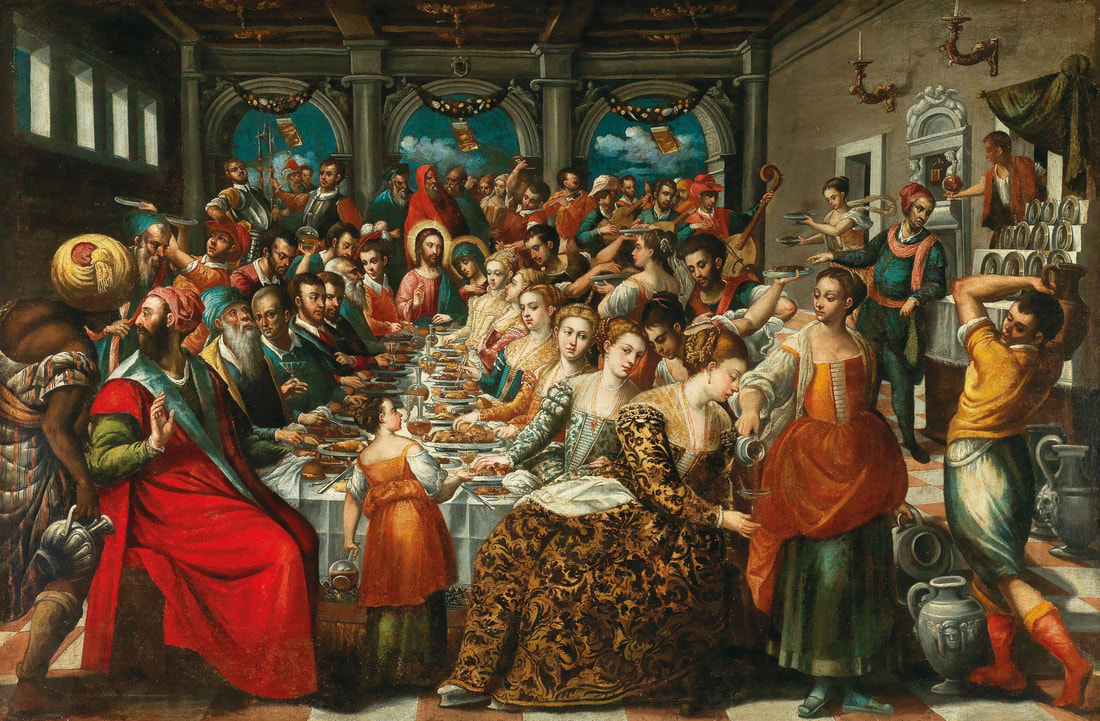|
During the Renaissance, Venice served as a major point of trade in Europe. With a flourishing economy, the city soon became a center for tourism, art, and culture. After adopting the printing press in the early 16th century, Venice began to produce many important works of various Greek and Roman writers. Despite the city’s freedom from the censorship of the Church, religious literature increased in production due to the Counter-Reformation in the 16th century. After the success of the Protestant Reformation, Catholic leaders fought to implement their religious doctrines in places like Venice. By 1580, there were over 60 religious households in Venice filled with thousands of clergymen, friars, monks, and nuns. Both inside and outside of these religious institutions, the production of literature backing the Counter-Reformation called for Catholic values in the home. The virtuous woman was asked to be chaste, modest, obedient, and complementary to their household and husband. As an active publication center, however, Venice also produced non-religious and anti-religious texts. Some of these works were written by Venetian women with the means to an education. They produced texts outside of and in response to the religious ideals encouraging women to serve as tokens of Catholic morality where they would be judged by their ability to perform as devout mothers and obedient wives. Over the next several months this blog will focus on four Venetian female philosophers: Veronica Franco (1546-1591), Moderata Fonte (1555-1592), Lucrezia Marinella (1571-1653), and Arcangela Tarabotti (1604-1652). By examining selected passages from their texts, we will look to highlight the nuance and significance of the feminist and philosophical insights made by these women during this time.
--MP
0 Comments
Leave a Reply. |
Authors
Jacinta Shrimpton is a PhD student in Philosophy at the University of Sydney. She is co-producer of the ENN New Voices podcast Archives
May 2024
Categories
All
|

 RSS Feed
RSS Feed